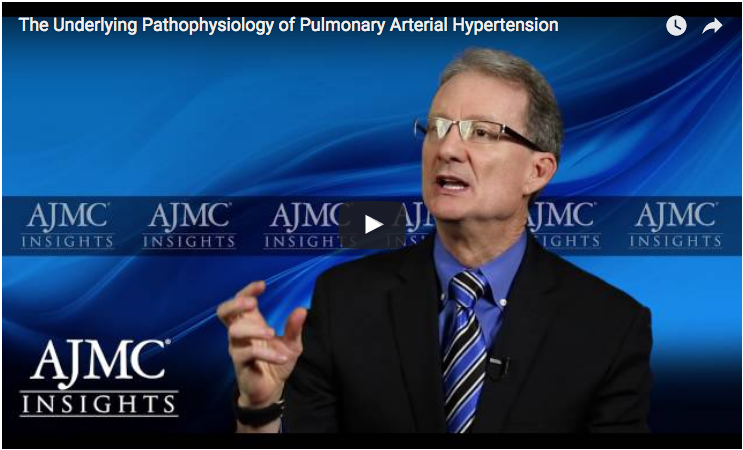The Underlying Pathophysiology of PAH: What You Need to Know

Even though pulmonary hypertension (PH) is more common than we think, there is still not much information about this condition readily available. Scientists, researchers, doctors and patients, along with organizations, try to raise as much awareness as possible, as well as improving treatment options and diagnosis methods.
But how is pulmonary hypertension diagnosed?
Besides being a serious condition that causes shortness of breath, pulmonary hypertension is also extremely dangerous since it has very few treatment options available, and no known cure. In an attempt to fight this outcome, it is important to understand what PH is exactly. In this video, shared by AJMCtv, listen to Dr. Charles Burger as he shares some thoughts about pulmonary arterial hypertension (PAH), gives an overview of the topic, as well as the underlying pathophysiology of PAH and how it relates to some key available therapies.
Learn more about the pathophysiology of pulmonary arterial hypertension.
Pulmonary Hypertension News is strictly a news and information website about the disease. It does not provide medical advice, diagnosis or treatment. This content is not intended to be a substitute for professional medical advice, diagnosis, or treatment. Always seek the advice of your physician or other qualified health provider with any questions you may have regarding a medical condition. Never disregard professional medical advice or delay in seeking it because of something you have read on this website.







